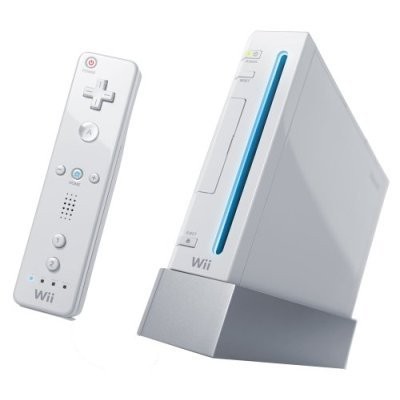As an interactive wall, the people expected to interact with this feature wall is anyone who has control over their limbs. Children would have fun playing with the [ProjectName] because they are allowed and encouraged to throw things. The bonus is if they hit the wall, stuff happens too. The coinciding effects on-screen would have to be sufficiently entertaining, or throwing things at each other would instead be more fun. Adults would also enjoy the throwing or hitting aspect of the wall and be curious to link how the object impact affects the screens display, taking note how they can manipulate the image to their designs.
Experience
Intended Concepts Initially we wanted to create a place for people to relax and de-stress in. A common factor between the team was that music was the key to relaxation. Having fun was also important to get people interested in interacting with the project. In keeping with the social issues of obesity in the general population today[1], active physical interaction and movement with the technology is to be encouraged, rather than sitting down using only hands and fingers to communicate with the tool.
The Wii[2] through its accelerometer equipped, wireless remote promotes free movement through its design. Games developed to use the remote suggests to players different ways they can hold, position and move themselves to interact with the software. Before this, people playing car-racing games were laughed at for moving the control and expecting some in-game response. Now it’s possible that it can.
[3]
Guitar Hero primarily only uses the two hands for interaction and to activate a special ‘Star Power’ mode, the guitar must be tilted to a certain angle to trigger it, but it actively encourages the player to move around and act like the rock-star they want to be. There currently is no reward on the games behalf for how much they move, so people tend do not do much outside of standing up after their legs have gone dead from too much sitting.
[ProjectName] doesn’t have an obvious device for interaction. Suddenly a wall, a stationary object is able to be manipulated, using either objects in the room or just the human body. Active rearrangment of the space’s contents – any soft or malleable objects that wouldn’t cause much harm if thrown – will be encouraged and the audience can move around it as they see fit. The wall will be designed so that attention is directed towards it as an interactive thing, using both space, light and sound. Ambient music will help set the atmosphere, letting people know something is happening. On interaction with the wall, visual and audio – corresponding to which trigger activated – will give feedback and be presented on a screen above the wall. Depending on frequency and which parts are hit will add a specific image to the screen. As well as feedback to let the user know they’ve activated something, sounds and even music will coincide with the images, to show that the persons interaction was essential in creating it. Throwing things at the wall encourages either skilled or random bodily movements to interact with the [ProjectName].
References
[1] Australian Government (2004). Overweight and obesity. Retrieved from Australian Institute of Health and Welfare: http://www.aihw.gov.au/riskfactors/overweight.cfm
[2] Street Knowledge. (2008). Wii Will Give You A Raincheck. Retrieved from street knowledge media: http://streetknowledge.files.wordpress.com/2007/12/nintendo_wii_1.jpg
[3] Girlfriend, D. (2006). I’m a Guitar Hero! Retieved from Dr. Girlfriend Knits: http://www.drgirlfriend.com/ghero3.JPG

No comments:
Post a Comment